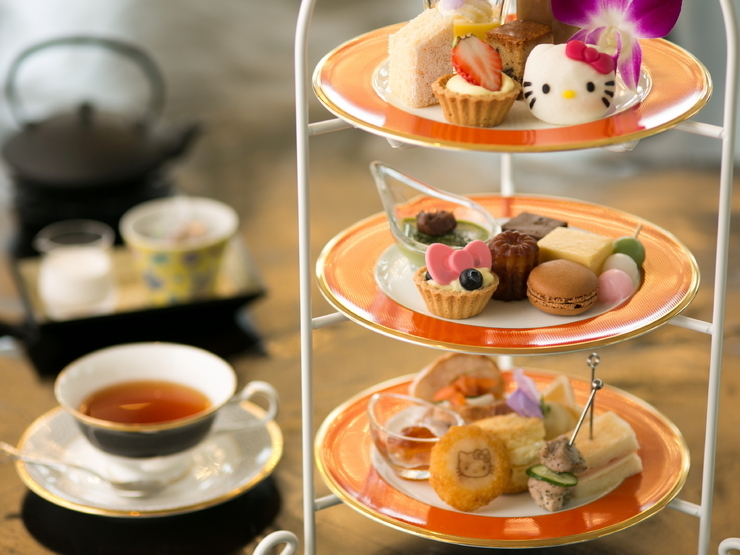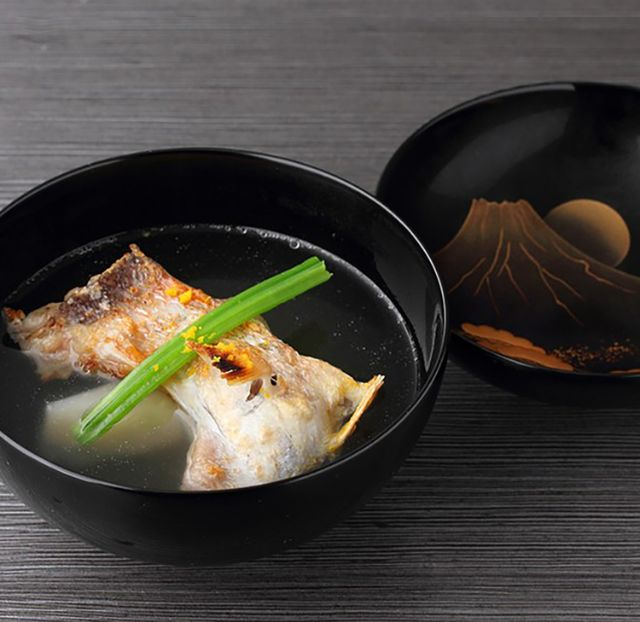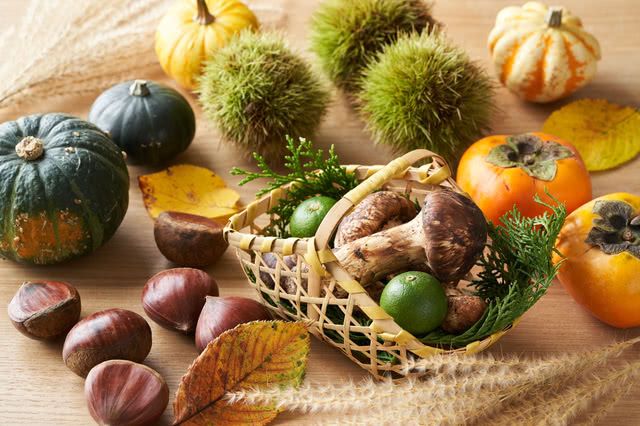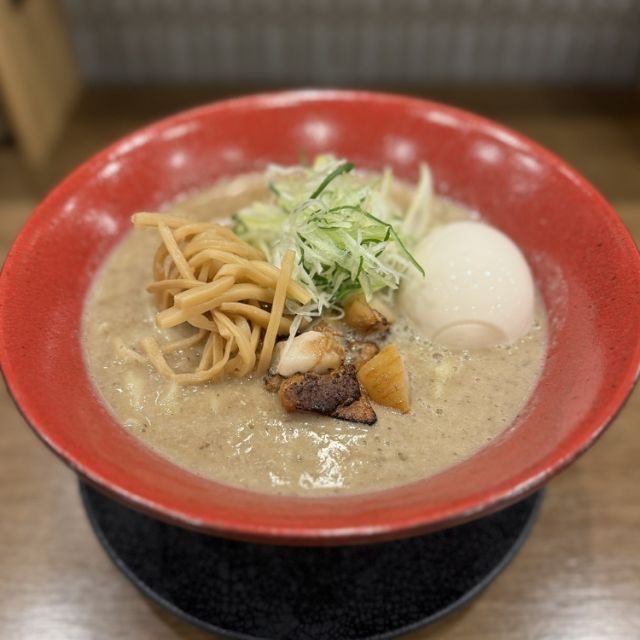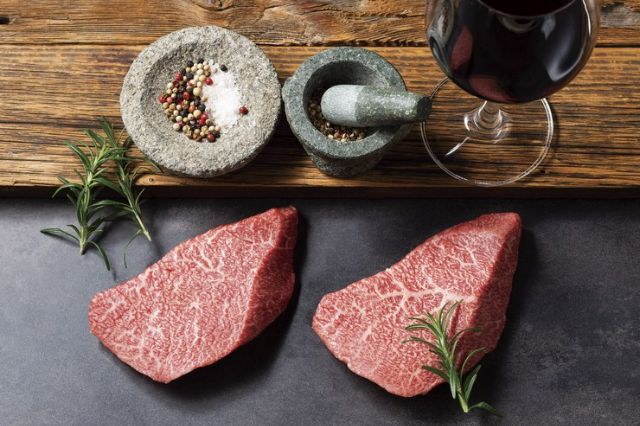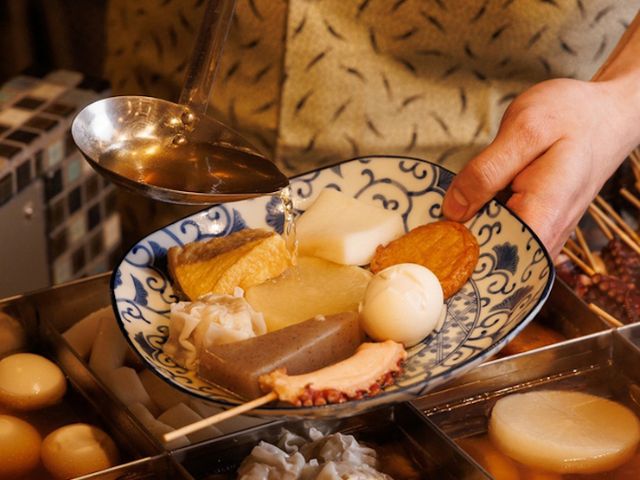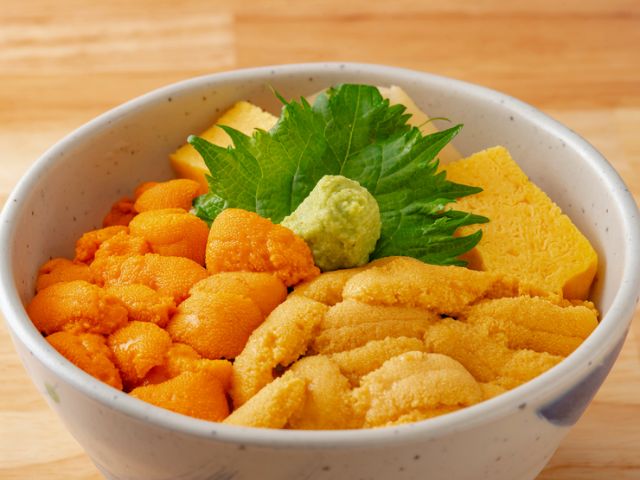Hydrangea Season Is Almost Here! Famous Hydrangea Spots and Nearby Fantastic Restaurants
Update-Date: May 30, 2023
Author:
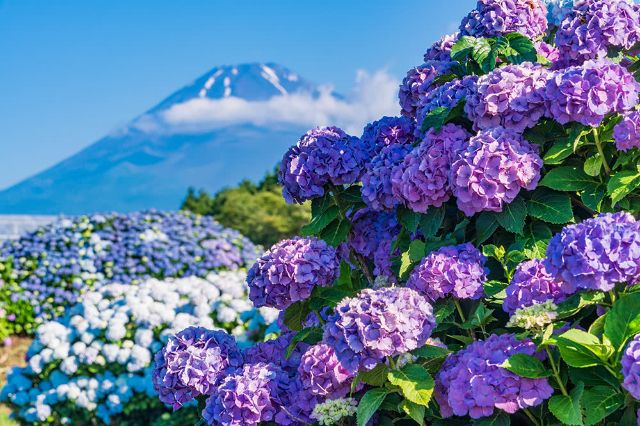
What Are Hydrangeas?
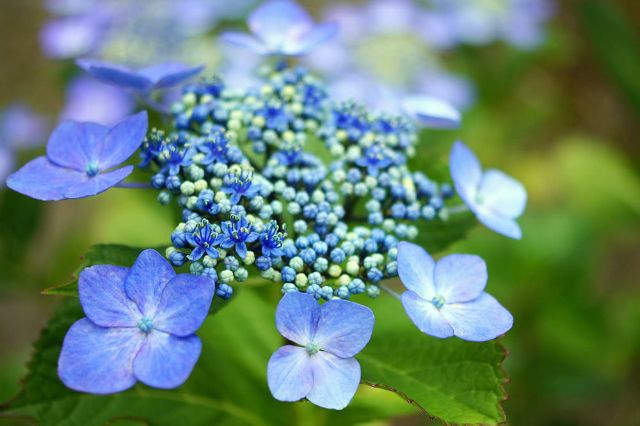
However, the hydrangeas native to Japan are different from those now common around the world. The photo above is of a native Japanese lacecap hydrangea, which is characterized by a center of tiny, clustered buds. These hydrangea were then bred into mophead hydrangea in the West, and subsequently re-imported into Japan.
The best season to enjoy hydrangeas in Japan is from early June to early July. Hydrangeas are at their peak during the rainy season, which is usually from June to mid-July.
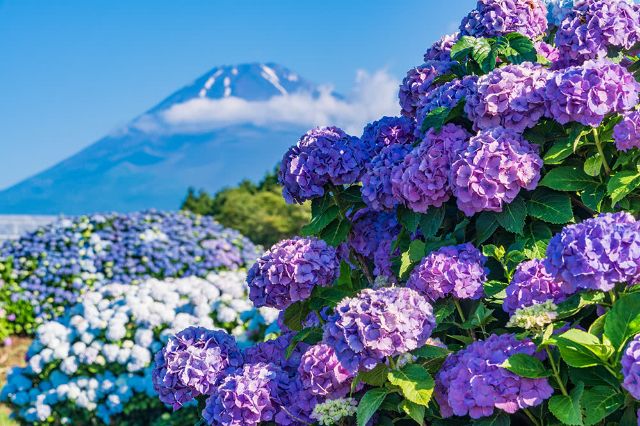
In lacecap hydrangea, the bud-like part in the middle is the flower, and surrounding it are actually sepals. Meanwhile, in mophead hydrangea, the sepals have grown to cover the flowers, giving them their characteristic look. Hydrangeas come in a variety of different shapes, and some even look like hearts!
Where to See Hydrangeas in Japan
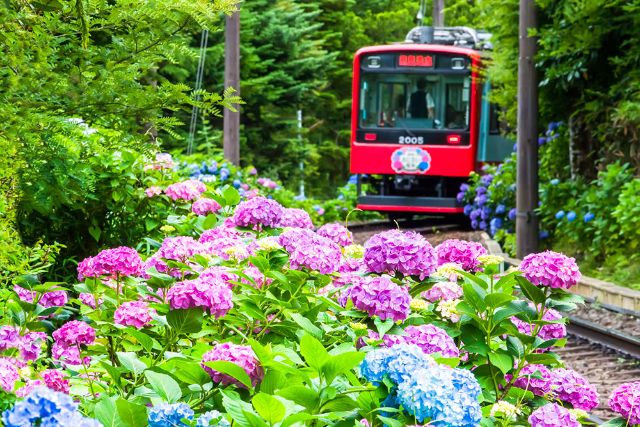
- Hakusan Shrine, Hakusan, Bunkyo-ku, Tokyo
Hakusan Shrine, an ancient shrine in central Tokyo with around 1,000 years of history, is filled with approximately 3,000 hydrangeas that bloom across the grounds and into Hakusan Park. The Bunkyo Hydrangea Festival is held in June every year and features numerous stalls and concerts (scheduled for June 10-18, 2023).
- Hakone Tozan Railway, Hakone-machi, Ashigarashimo-gun, Kanagawa
Hakone is a popular hot spring region with easy access from central Tokyo, and the best way to enjoy hydrangea in Hakone is from the windows of the Hakone Tozan Railway. The hydrangea along the tracks bloom from about the middle of June, starting near the bottom and blooming one after another as the altitude increases. It is as if the hydrangeas are climbing up the Hakone mountains, letting visitors enjoy them until the end of July.
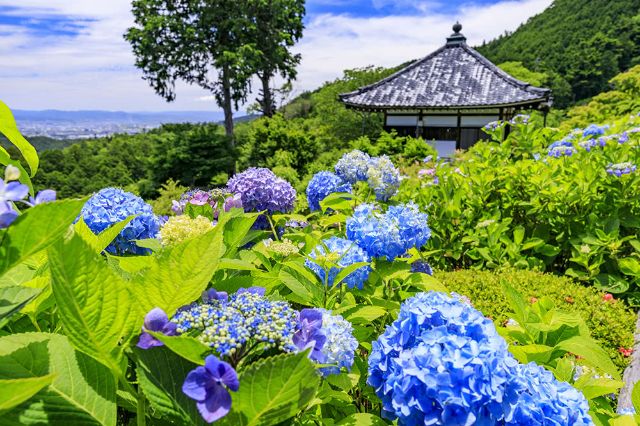
From mid-June to early July, approximately 8,000 hydrangea bushes color the hillside of Yoshimine-dera Temple! The hill presents wonderful views of the Kyoto cityscape beyond the hydrangeas. On a rainy day, which the hydrangeas love, the wet flowers in the mist form a magical scene.
- Yohena Hydrangea Garden, Motobu-cho, Okinawa
The hydrangea at Yohena Hydrangea Garden in Motobu-cho, northern Okinawa, bloom from May through late June, making them a little earlier than mainland Japan. The garden started with a woman in her 60s planting two hydrangea bushes, and 30 years later, there are now approximately 300,000! It’s a wonderful place to stroll around and enjoy about 40 different types of hydrangea and a variety of subtropical vegetation.
Recommended Restaurants Near Hydrangea Hotspots
Tsukiji Mottainai Project Uoharu (Yurakucho)
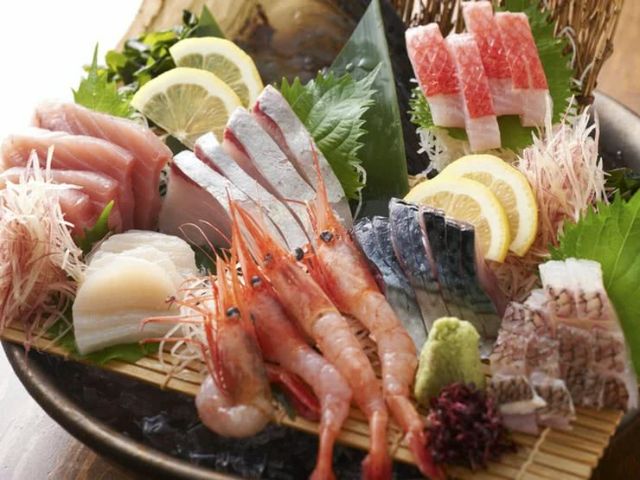
Here, seasonal fish that are utterly delicious but unappealing to buyers because of their size or appearance, like scale damage, are bought up at Toyosu Market every day and served to customers at reasonable prices.
The restaurant's recommendation is the Sashimi Assortment, which is made from fish that are purchased and prepared while fresh. The Nakare Course (4,500 JPY) is a satisfying course of clams steamed in sake, grilled and deep-fried foods, and a plate of assorted sashimi, all with two-hour bottomless drinks to boot.
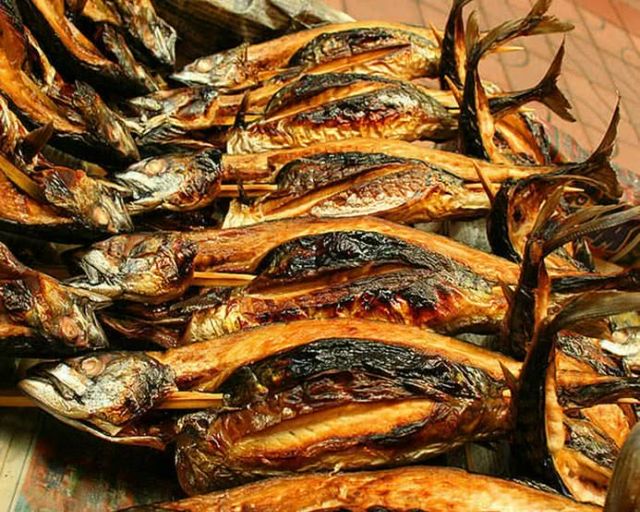
Tsukiji Mottainai Project Uoharu
Closed: Sunday, National Holidays
Average price: -
Access: 3 minutes walk from Yurakucho Station, 8 minutes walk from Tokyo Station, 5 minutes walk from Hibiya Station, 259m from Yurakucho Station
Address: B1F, Shin Tokyo Bldg., 3-3-1, Marunouchi, Chiyoda-ku, Tokyo Map
More Details Reservation
Hakone Kinnotake Saryo (Gora)
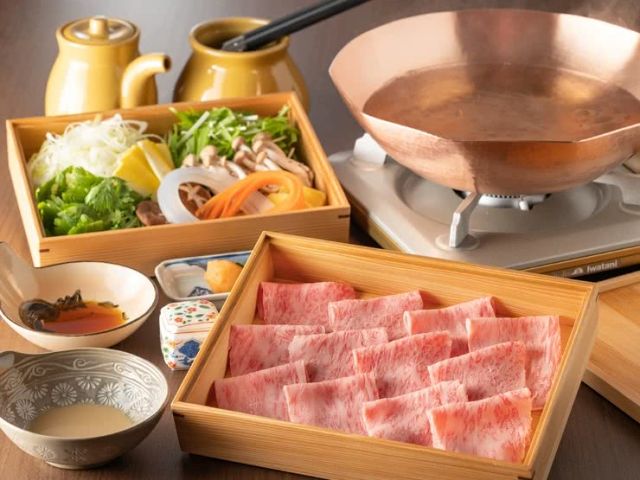
The Japanese Black Cattle Wagyu Shabu-Shabu Meal (from 14,300 JPY) lunch course was developed by the Kinnotake Group's executive chef, and is served in private rooms. It begins with a beautiful plate of about 14 different appetizers, followed by shabu-shabu (a kind of hotpot dish) of Japanese Black sirloin wagyu enhanced by a refined dashi (broth) taken from kombu (kelp). The rice steamed in an iron pot with refreshing myoga (Japanese ginger) and regular ginger offers a satisfying end to the meal.
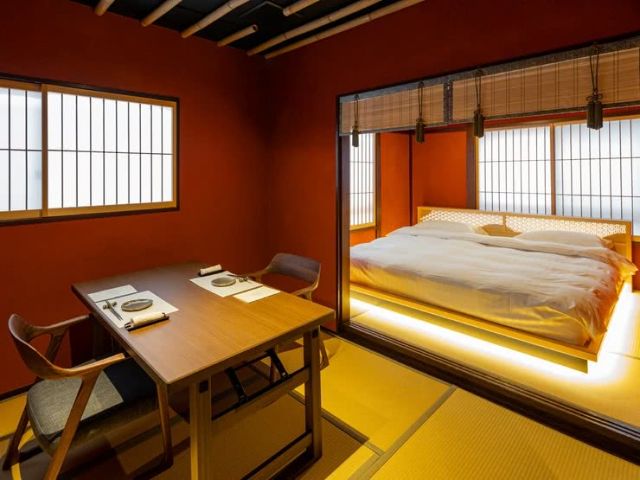
[Hakone Kinnotake Saryo] is an excellent place to stop for lunch and unwind during a busy day of exploring the many sights of Hakone.
Hakone Kinnotake Saryo
Closed: Tuesday, Wednesday
Average price: [Lunch] 15,000 JPY
Access: 3 minutes walk from Hakone Tozan Bus "Daigatake" bus stop, about 25 minutes by cab from Hakone-Yumoto Station
Address: 817-460, Sengokuhara, Hakonemachi, Ashigarashimo-gun, Kanagawa Map
CAMERON BARU KYOTO TOWER SANDO Branch (Kyoto)
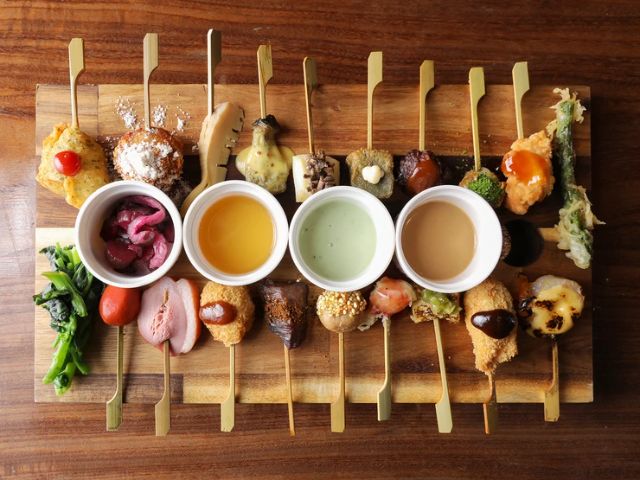
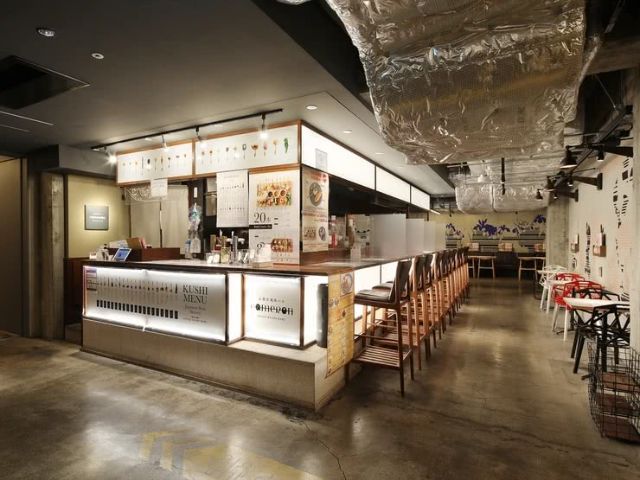
The restaurant also has a relaxed, casual atmosphere, and welcomes solo diners.
CAMERON BARU KYOTO TOWER SANDO branch
Closed: None
Average price: [Dinner] 2,500 JPY / [Lunch] 1,000 JPY
Access: A 2 minutes walk from the Central Exit of JR Kyoto Station. On the B1 floor of Kyoto Tower
Address: B1F, 721-1, Higashishiokoji-cho, Karasuma-dori Shichijo-sagaru, Shimogyo-ku, Kyoto-shi, Kyoto Map
More Details Reservation
Echizen (Omoromachi)
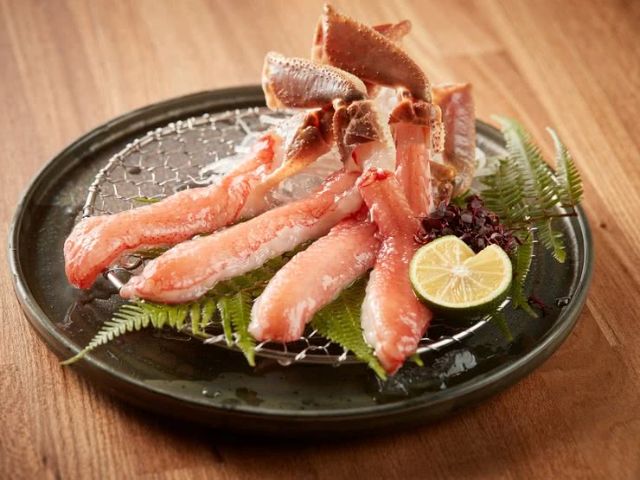
Their specialty dish is Crab Sashimi, which presents the essence of crab in its natural state. You can directly taste the umami of crab, together with a fresh, springy texture unique to sashimi.
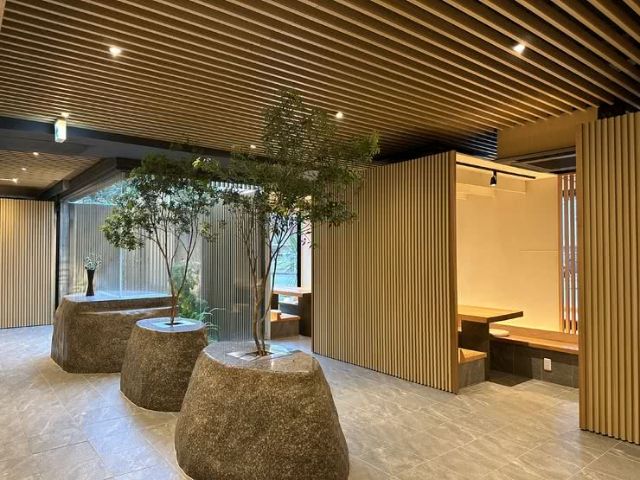
There are also a la carte dishes of unique Okinawan seaweeds, such as mozuku and sea grapes, that offer a tasty break in between helpings of crab.
Echizen
Closed: None
Average price: [Dinner] 15,000 JPY
Access: After getting off at Omoromachi Station on the Yui Rail Line, 6 minutes walk
Address: 1F, Omoro City Court GINOZA, 4-11-1, Omoromachi, Naha-shi, Okinawa Map
More Details Reservation
Disclaimer: All information is accurate at time of publication.
Thank you for reading our article.
Our goal is to take your culinary journey to the next level by helping you find the best restaurant. With SAVOR JAPAN, you can search and make reservations for
the restaurants found in and around Tokyo, Kyoto, Okinawa and Hakone that fill your needs.
Discover more restaurants by area
Update-Date: May 30, 2023
Author:
Related Articles
New Articles
Categories
Cuisine
- Bars (23)
-
Japanese Cuisine (674)
- Kaiseki (46)
- Nabe (19)
- Okonomiyaki (23)
- Shabu Shabu (36)
- Soba (18)
- Sushi (136)
- Tempura (19)
- Teppanyaki (46)
- Shojin Ryori (3)
- Tonkatsu (11)
- Kushiyaki (10)
- Yakitori (44)
- Sukiyaki (35)
- Japanese Cuisine (341)
- Oyster (2)
- Sashimi/ Seafood (19)
- Unagi (eel) (31)
- Motsu Nabe (offal hotpot) (6)
- Mizutaki (chicken hot pot) (3)
- Oden (8)
- Kaisendon (seafood bowl) (9)
- Udon (2)
- Taverns(Izakaya) Cuisine (122)
- Western Cuisine (42)
- Italian/French Cuisine (94)
- Yakiniku/Steak (220)
- Chinese Cuisine (26)
- Ramen (Noodles) Cuisine (24)
- Cafe/Sweets (60)
- Other Asian Cuisine (5)
- Global/International Cuisine (7)
- Alcohol (45)
- Other (11)
Area
- Shikoku (10)
- Kyoto and Osaka (344)
-
Tokyo (452)
- Tokyo (280)
- Ginza (43)
- Roppongi (21)
- Shibuya (25)
- Shinjuku (46)
- Asakusa (20)
- Ebisu (12)
- Tsukiji (10)
- Tokyo Landmarks (4)
- Ueno (23)
- Akihabara (9)
- Ikebukuro (12)
- Jiyugaoka, Denenchofu, Nakameguro (9)
- Shimokitazawa (4)
- Kichijoji (3)
- Tachikawa (1)
- Omotesando, Harajuku, Aoyama (18)
- Akabane (1)
- Kagurazaka (4)
- Akasaka (10)
- Odaiba (1)
- Tsukishima, Harumi, Toyosu (3)
- Near Tokyo (100)
- Okinawa and Ryukyu Islands (58)
- Hokkaido (124)
- Northern Honshu (Tohoku) (31)
- Central Honshu (Chubu) (143)
- Western Honshu (Chugoku) (32)
- Kyushu (91)
Archives
- December 2025(8)
- November 2025(4)
- October 2025(3)
- September 2025(6)
- August 2025(11)
- July 2025(19)
- June 2025(18)
- May 2025(34)
- April 2025(43)
- March 2025(30)
- February 2025(36)
- January 2025(26)
- December 2024(67)
- November 2024(31)
- October 2024(15)
- September 2024(39)
- August 2024(65)
- July 2024(31)
- June 2024(54)
- May 2024(61)
- April 2024(28)
- March 2024(31)
- February 2024(42)
- January 2024(32)
- December 2023(20)
- November 2023(5)
- October 2023(11)
- September 2023(7)
- August 2023(18)
- July 2023(8)
- June 2023(8)
- May 2023(18)
- April 2023(14)
- March 2023(1)
- January 2023(1)
- April 2022(2)
- March 2022(2)
- February 2022(1)
- January 2022(1)
- July 2021(1)
- March 2021(1)
- February 2021(1)
- December 2020(1)
- October 2020(1)
- September 2020(2)
- August 2020(10)
- July 2020(6)
- June 2020(9)
- May 2020(11)
- April 2020(8)
- March 2020(8)
- February 2020(13)
- January 2020(9)
- December 2019(24)
- November 2019(8)
- August 2019(14)
- July 2019(15)
- June 2019(18)
- May 2019(17)
- April 2019(16)
- March 2019(22)
- February 2019(22)
- January 2019(26)
- December 2018(34)
- November 2018(40)
- October 2018(32)
- September 2018(11)
- August 2018(7)
- July 2018(6)
- June 2018(8)
- May 2018(10)
- April 2018(21)
- March 2018(73)
- February 2018(39)
- January 2018(26)
- December 2017(59)
Keywords
- Omakase
- Accessible
- Affordable
- All-You-Can-Eat
- Amazing Scenery
- anime
- Art
- Autumn
- Awards
- Beer Gardens
- Breakfast
- Chef Recommendations
- Cherry Blossoms
- Chinese
- Close To Station
- Condiments
- Counter
- Coupon
- Crab
- Culture
- Dassai
- Dates
- delivery
- Early Summer
- Editor's Recommendation
- English Available
- Event
- Expo
- Fall Leaves
- Family-Friendly
- Famous Restaurant
- Famous Tourist Spot
- Fast Food
- festival
- fireworks
- Flower Farm
- Free Wi-Fi
- French
- Great Location
- Guide
- Hibachi
- hotpot
- How To
- hydrangea
- Hygiene
- Illumination
- Italian
- Izakaya
- Japanese
- Japanese alcohol
- jingisukan
- Kaiseki
- Kappo
- Kushiage
- Kushikatsu
- Kyoto
- Late-Night
- Lunch
- Manners
- matsusakagyu
- Michelin
- mizutaki
- Model Course
- monjayaki
- motsunabe
- Mt.Fuji
- Multilingual Menus
- Nabe
- Narita Airport
- New Year
- Ninja
- Noodle
- Oden
- Okonomiyaki
- omotenashi
- Onsen
- Osaka
- Osaka Station
- Photogenic Site
- pizza
- PR
- Private Room
- Ramen
- ranking
- Recipe
- Regional Cuisine
- Resort
- Rice Bowl Dish (Donburi)
- sacred places
- Sake
- Sakura
- Sashimi
- sea urchin
- Setouchi Area
- Shabu Shabu
- sightseeing
- Signature Dish
- Soba
- Solo Diners Welcomed
- Spicy Food
- Spring
- Steak
- Summer
- Sunflower
- Sushi
- takeout
- Teppanyaki
- Terrace Seating
- Tokyo
- Tokyo Experiences
- Tokyo Skytree
- Tokyo Tower
- unagi
- UNESCO
- Vegan
- Vegetarian
- Wagyu
- What Popular Gourmet Sites Recommend
- Whisky
- Wine Bar
- Winter
- Wisteria
- Workshop
- World Heritage Site
- World Writers
- Yakiniku
- Yoshoku
- Yuba
- Zen
Discover Restaurants By Area
-
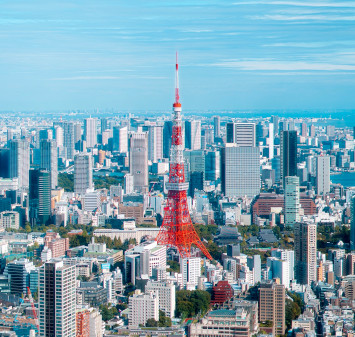
Tokyo Area
Japan's largest city, Tokyo, is the center of culinary culture in Japan. Countless Tokyo restaurants serve every kind of food imaginable and the Toyosu fish market keeps restaurants stocked with the nation's finest fish.
-

Near Tokyo
Coastal areas, mountains and valleys surrounding Tokyo are bursting with tourist destinations, such as hot springs and ski slopes, where many unique foods are only available locally.
-
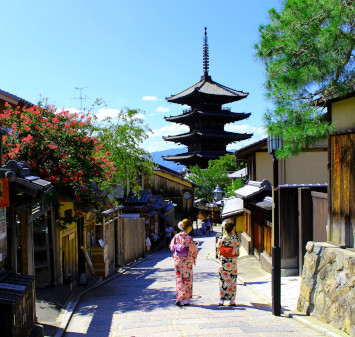
Kyoto and Osaka Area
The cities of Kyoto and Osaka, together with their surrounding areas, have greatly influenced Japan's culinary culture since the 7th Century. The region is renowned for its entertainment, Kobe beef, and wide-ranging traditional dishes.
-
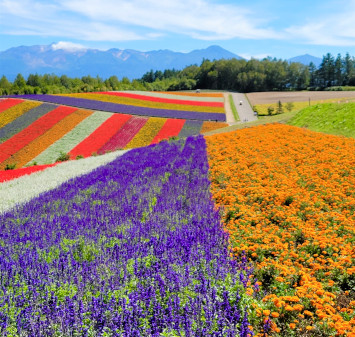
Hokkaido Area
The island of Hokkaido is home to wide-ranging produce of the finest quality, such as rice, meat, vegetables, fish and fruit. Popular dishes from Hokkaido include robatayaki (food slowly roasted on skewers) and Sapporo miso ramen.
-
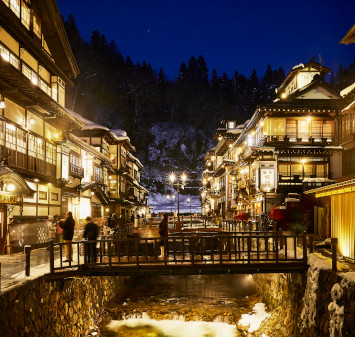
Northern Honshu (Tohoku)
The northern end of Japan's main island, Honshu, is renowned for its seasonal fruit and vegetables, nation-leading harvest of fish (especially tuna from Ohma), and delicious beef from Yonezawa, Sendai and Yamagata.
-
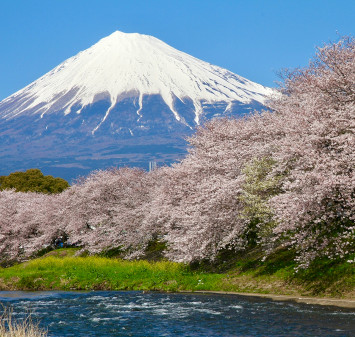
Central Honshu (Chubu)
Chubu is in the center of Japan's main island, Honshu, and its culinary culture reflects its position between Japan's western and eastern halves. Delicious Hida beef, world-famous Mount Fuji and many acclaimed sake breweries are in Chubu.
-

Western Honshu (Chugoku)
Chugoku, on the southwest of Japan's main island, is rich with diverse produce. Many of its products are praised as Japan's best, including Matsuba crabs from Tottori and oysters from Hiroshima. Its pears and muscats are also top grade.
-
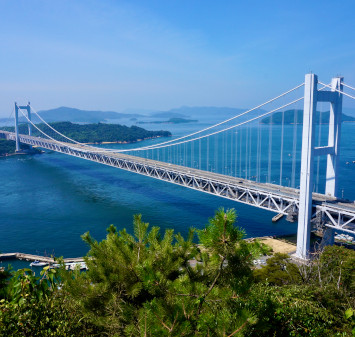
Shikoku
The mild climate of Shikoku is ideal for growing citrus fruit such as sudachi. Shikoku is also famous for Sanuki udon noodles, huge yields of tiger prawn from Ehime Prefecture and the best torafugu (tiger globefish) in the country.
-
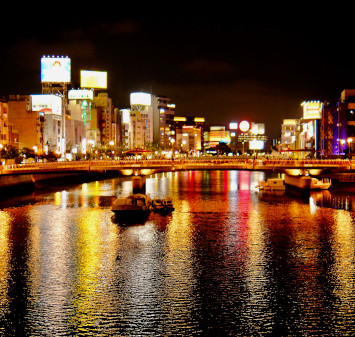
Kyushu
Western culture was first introduced to Japan through Kyushu, Japan's third largest island, where the influence of Portuguese and other western cuisine influenced the creation of a colorful culinary tradition.
-
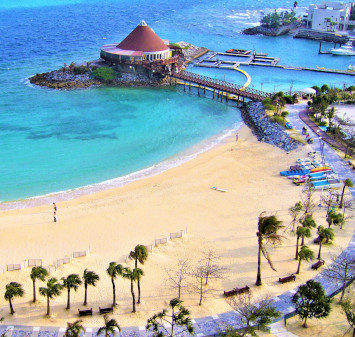
Okinawa and Ryukyu Islands
Okinawa, Japan’s southernmost prefecture, is a treasure trove of distinctive dishes and drinks that have become popular throughout Japan, including Okinawa soba, unique sushi toppings and Awamori distilled liquor.
